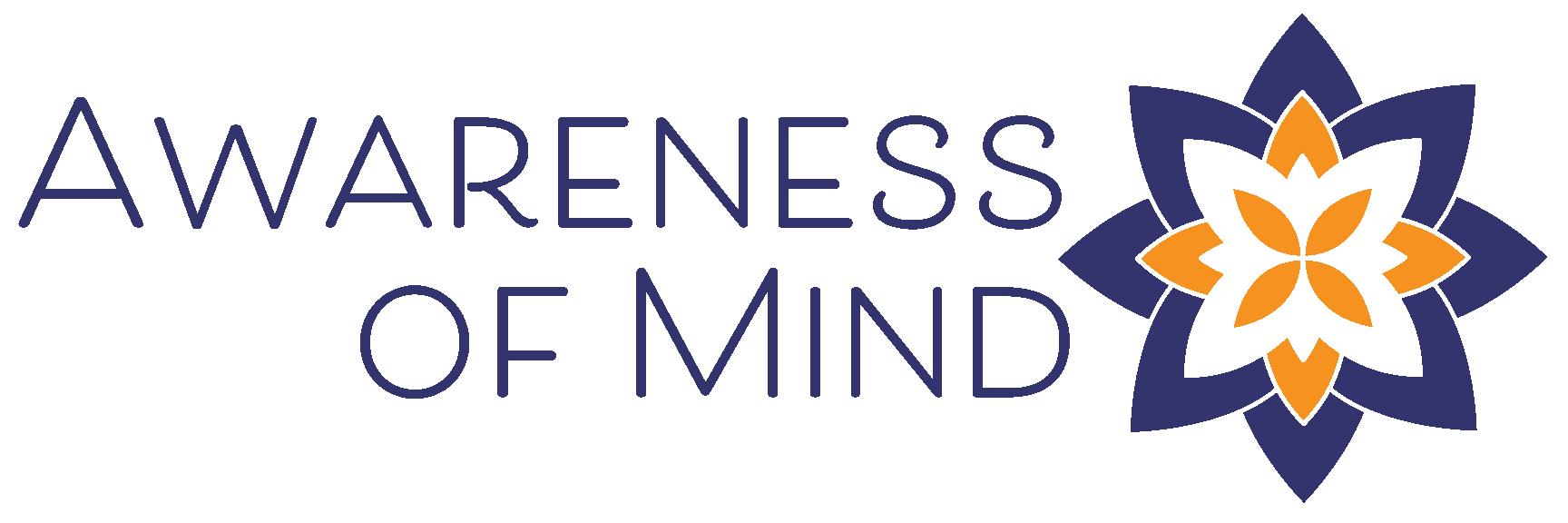Our breath is with us everywhere we go, and there are days we might not even notice our breath. It is an automatic function of the body. It is interesting to give thought to how vital breathing is to our bodies yet we don’t often give much attention to it.
This is all the more reason to practice a breath meditation. A breath meditation is very powerful because of its benefits: decreasing stress, instilling calm, lowering heart rate and blood pressure, and can be down anywhere anytime.
Breath meditation is an excellent practice for beginners of meditation, and is also practiced by long-time meditators.
What is Breath Meditation?
Breath meditation is focusing your attention on your breath, focusing on the inhale and exhale. This can also be referred to as conscious breathing.
It sounds simple. Many find the difficult part in the “focusing”, keeping your mind focused on the breath rather than the passing thought or other activities going on around us.
Ways to Practice Breath Meditation
Focusing on the breath is one way to practice breath meditation. Another way to practice breath meditation is to control the breath. This can be done by counting the inhale to a set number, as well as retaining or pausing the breath.
In yoga, the practice of controlling the breath is called pranayama. Prana means breath, respiration, life, vitality, or energy or strength (B.K.S. Iyengar, “Light on Prānāyāma”). Ayāma means stretch, expansion, length, restraint or control.
Qigong a practice that originated in China, utilizes the focus of the breath in combination with movement. The Buddha taught the importance of being still and silent in order to go deep within to experience the breath.
While breath meditation was born in the east, it is practiced worldwide. The name of a breath meditation could carry a different name but be similar in nature to other breath meditations.
Interested in practicing, check out our article sharing three Breath Meditation practices.
Photo Credit: Photo by Scott Webb
